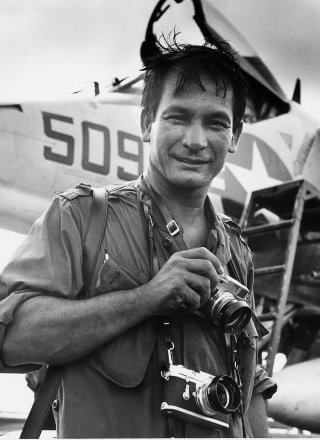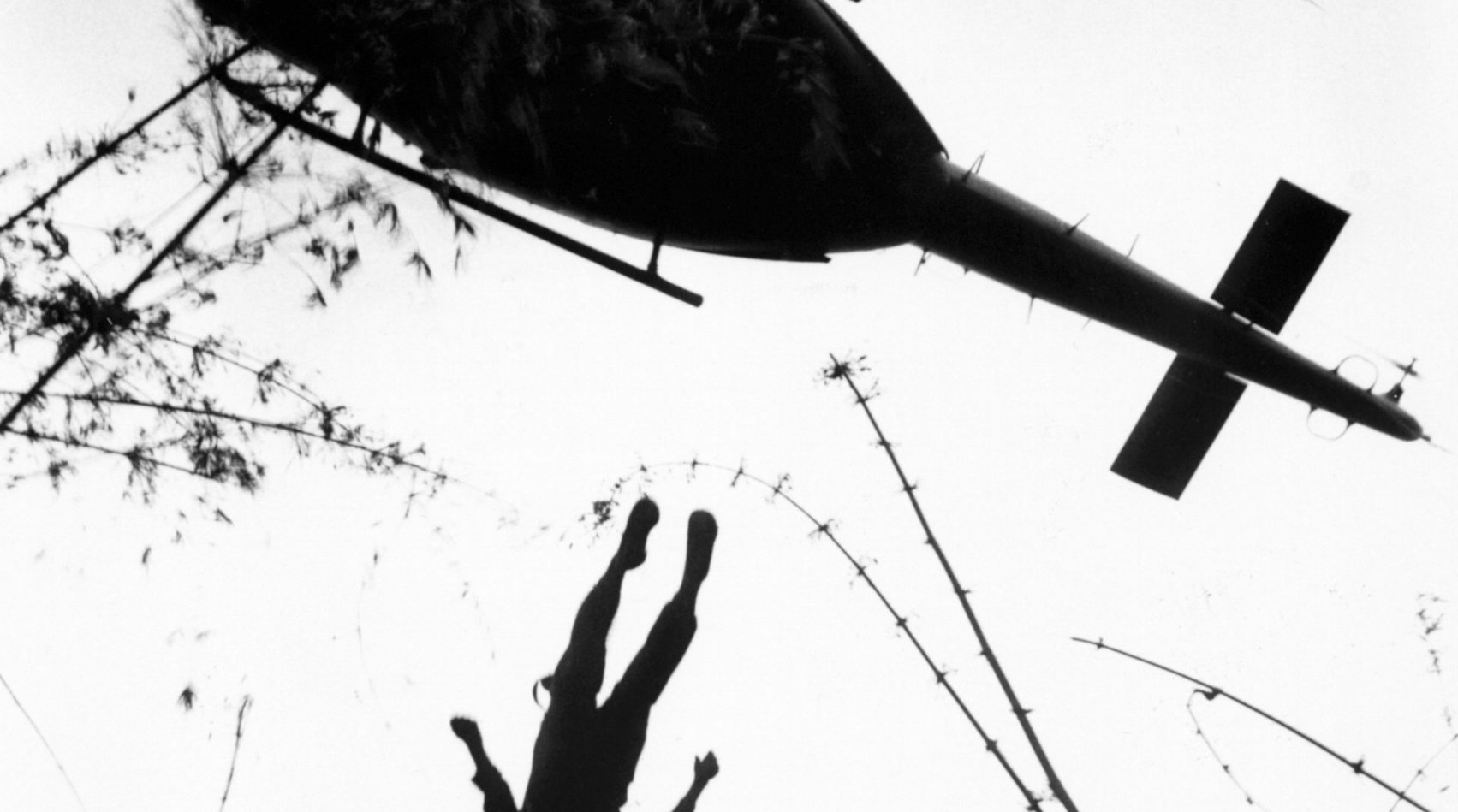
(1927-1971)
Henri Huet
The Associated Press
On February 10, 1971, a great silence fell on the Associated Press office in Saigon. The head of the bureau had just got a call from one of the AP reporters covering the South Vietnamese army’s invasion of Laos. He took notes, and had to concentrate because the line was bad. “A Vietnamese Air Force helicopter has been shot down over Laos… All persons on board are missing, presumed dead… Passengers included four civilian press photographers… Henri Huet of Associated Press… Larry Burrows of Life magazine… Kent Potter of United Press International… and Keisaburo Shimamoto of Newsweek.” All the team members just looked stunned; they could not believe it. Four journalists missing. Their friends. And Henri. No, not Henri.
Preview
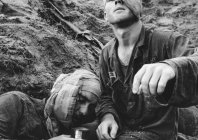
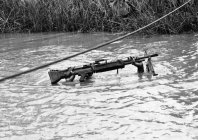
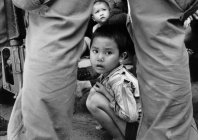

Since 1965, AP journalists had been working regularly with the French photographer. He had turned up one day, brought along by Eddie Adams who had talked him into leaving UPI to join AP – the best way, as Eddie said, to neutralize his main competitor. He was short, with dark hair, a dazzling smile and a weather-beaten face. He spoke English with a strong French accent. He was of mixed race, born in Dalat, in 1927, of a French father and a Vietnamese mother. He had been raised in France and studied at the school of fine arts in Rennes (Brittany). He had gained experience in war photography in the French army, starting in 1950. He had joined the army hoping be sent to Vietnam (where his father lived). So he had been traveling the roads there, with his cameras, for twenty years. History and his taste for adventure did the rest. Henri Huet was self-sufficient on the battle field, and he was quick. He could slip right into the heat of the action without being noticed and take up a position at just the right distance. He would wait till it was the right time to press the shutter. Some still remember his lessons in survival on the battle field; others remember how generous he was with advice and his time; and there are those who recall that he was always willing to share in a good joke. He used to take his negatives back to Saigon, exhausted, emaciated, and covered in the dirt of Vietnam. His photos have been published in the press the world over. He captured all the faces of war, showing the distress of soldiers and the terror of civilians, and showing the faces of children. In January 1966, he brought back so many good shots from the battle field that the picture editor was incapable of making a choice. When the famous Life photographer, Larry Burrows, saw the photo of the medic, Thomas Cole, with his face bandaged, tending another soldier, he said: “That will be the cover on Life!”. And that was the report that won Henri Huet the Robert Capa award. The following year, in September 1967, he was caught in crossfire in Con Thien and was seriously injured. He was evacuated and, after an operation, stayed away from the battle field for some months. But no sooner was he back in Vietnam than jobs out in the field started up again. By June 1969, AP management were worried about the danger and risks he ran, and talked him into a transfer to Tokyo. But he missed Vietnam, so the invasion of Cambodia in March 1970 was the perfect pretext for getting back there: the Saigon bureau was short on staff and had asked for support. Henri was granted the transfer and was back home again. He followed military operations in Cambodia very closely and his letters show both apprehension and exhaustion; indeed, at the time of the invasion, a number of journalists had died. By February 1970, the South Vietnamese and Americans, who had been preparing the invasion of Laos for some months, turned their plans into action. The journalists were together on the border, at Khe Sanh; it was wet and it was not easy being there, waiting. Henri Huet managed to get what became his last films up to Saigon. On February 9, the officer in charge of the South Vietnamese intervention force in Laos invited the journalists to come with him on his inspection of the front. The next day, four civilian photographers boarded the helicopter: Larry Burrows, Kent Potter, Henri Huet and Keisaburo Shimamoto. Just before noon, the aircraft took off and headed south. The press helicopter got lost, no doubt in the mountainous terrain near Ho Chi Minh runway. The North Vietnamese artillery was in position.
Hélène Gédouin, May 8, 2006




